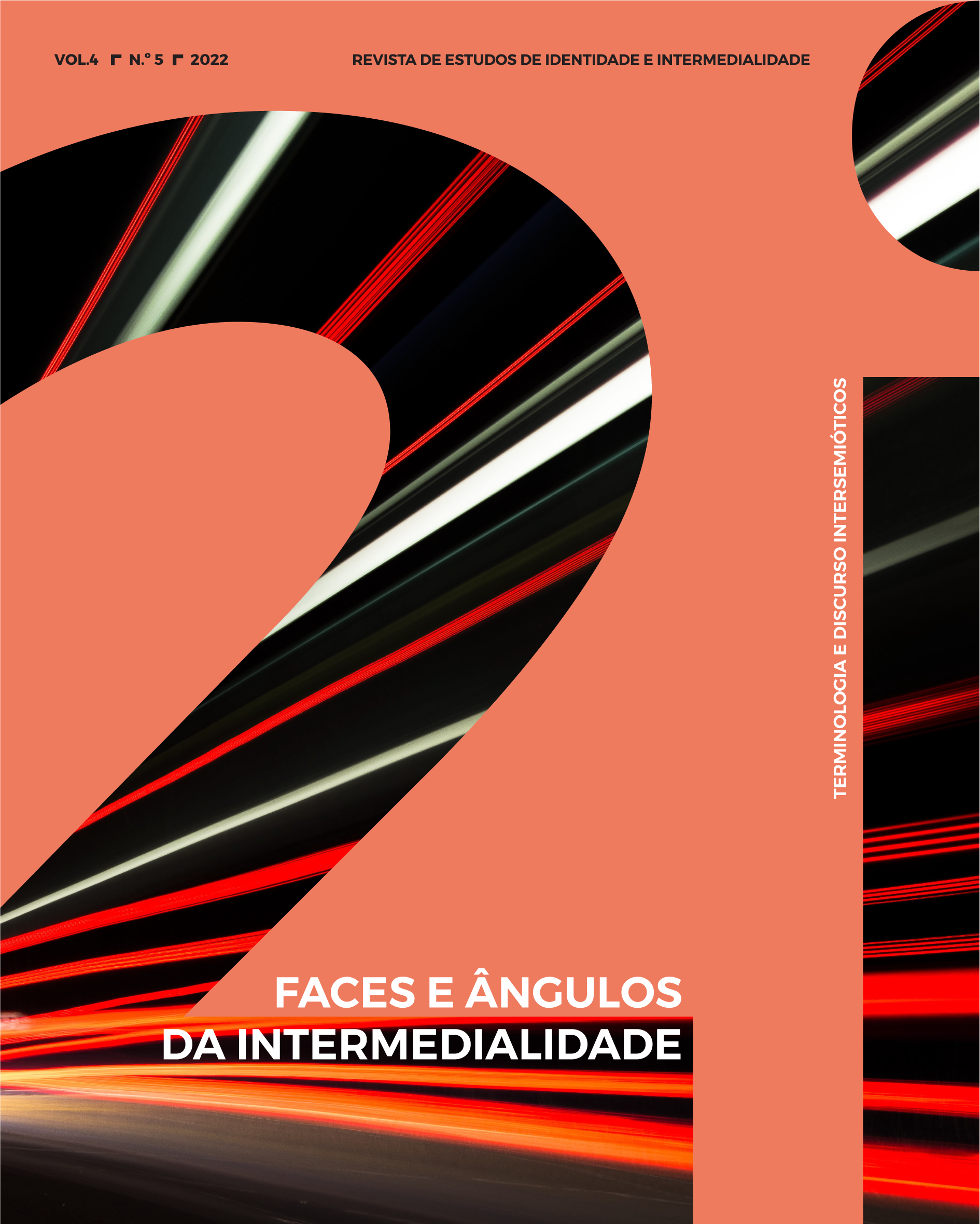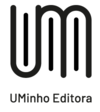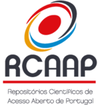The poetics of iconotext in the Georgrafia íntima do deserto, by Micheliny Verunschk
DOI:
https://doi.org/10.21814/2i.3771Keywords:
image; iconotext; Brazilian contemporary poetry;Abstract
This paper aims to discuss the relationship between verbal text and imagistic text in Geografia íntima do deserto. Our proposition seeks to demonstrate that the relationship between this two text modalities, specifically with regard to the contact between poetry and visual arts, from the discussions that point to a change in the paradigm of the image, can be sustained from the idea of the poetics of iconotext, definition of Liliane Louvel, which acts as a factor of enlargement of the senses of a work of art. Based on this concept, endorsed by the proposals of the so-called "iconic turn", we propose an analysis of poems that present this relationship, seeking to demonstrate how the notion of iconotext broadens the meanings of the composition of poems.
Downloads
References
Agamben, G. (2009). O que é o contemporâneo? (trad.Vinícius N. Honesko). Chapecó: Argos.
Barbosa, J. A. (2003). Pomar às avessas. In Verunschk, M. Geografia íntima do deserto (pp. 10-19). São Paulo: Landy Editora.
Boehm, G. (2015). Aquilo que se mostra. Sobre a diferença icônica. In Alloa, E. (org.), Pensar a Imagem (pp. 23-38). Belo Horizonte: Autêntica.
Camargo, Goiandira F. O. (2013). Subjetividade lírica à margem do centro na poesia contemporânea brasileira e portuguesa. In Anais do XII Congresso Internacional da ABRALIC – Associação Brasileira de Literatura Comparada: Centro, Centros – Ética, Estética. UFPR – Curitiba, 18 a 22 de julho. Disponível em: <http://www.abralic.org.br/anais/cong2011/AnaisOnline/resumos/TC1196-1.pdf >,
Clüver, C. (2006). Da transposição semiótica. In Arbex, M., Poéticas do visível: ensaios sobre a escrita e a imagem. Belo Horizonte: UFMG.
Costa Lima, L. (1981). Dispersa demanda. Rio de Janeiro: F. Alves.
______ (2003). Mímesis e Modernidade. São Paulo: Paz e Terra. [2ª ed.]
Didi-Huberman, G. (1998). O que vemos, o que nos olha (trad. Paulo Neves). São Paulo: Editora 34.
Horácio. (2005). Arte poética (trad. Jaime Bruna). São Paulo: Cultrix.
Lessing, G. L. (2005). Laoconte. In Lichtestein, J. (Org.), A pintura – textos essenciais. O paralelo entre as artes. Vol. 7. Rio de Janeiro: Editora 34.
Louvel, L. (2006). A descrição “pictural”: por uma poética do iconotexto. In Arbex, M. (Org.), Poéticas do visível: ensaios sobre a escrita e a imagem (pp. 191-220). Belo Horizonte: UFMG.
Melo Neto, J.C. (2007). Psicologia da composição. Rio de Janeiro: Objetiva.
Menegazzo, M.A. (1991). Alquimia do verbo e das tintas nas poéticas de vanguarda. Campo Grande: UFMS.
______ (2004). A poética do recorte: Estudo de literatura brasileira contemporânea. Campo Grande: UFMS.
______(2013). Entretecimentos – literatura e artes visuais. FronteiraZ, 1(10), 3-16.
Mitchell, W. J. T. (1994). Picture Theory. Chicago: Chicago University Press.
_____ (2015). O que as imagens realmente querem?. In Alloa, E. (org.), Pensar a Imagem (pp. 165-190). Belo Horizonte: Autêntica.
Nancy, J.L. (2015). Imagem, Mímesis & Méthexis. In Alloa, E. (org.), Pensar a Imagem (pp. 55-76). Belo Horizonte: Autêntica.
Ribeiro, A.E. (2016). Textos multimodais. São Paulo: Parábola.
Santaella, L. e Nöth, W. (2015). Imagem: congnição, semiótica, mídia. São Paulo: Iluminuras.
Verunschk, M. (2003). Geografia íntima do deserto. São Paulo: Landy Editora.
Downloads
Published
How to Cite
Issue
Section
License
Copyright (c) 2022 Paulo Benites

This work is licensed under a Creative Commons Attribution-NonCommercial 4.0 International License.


.jpg)










